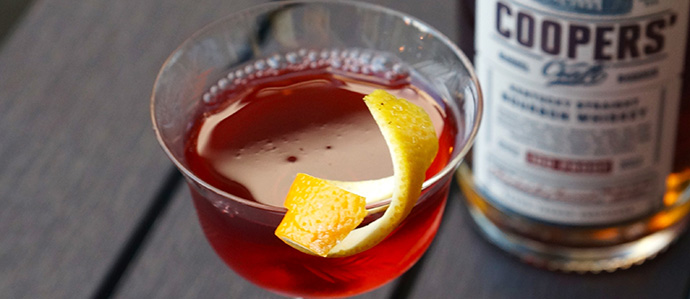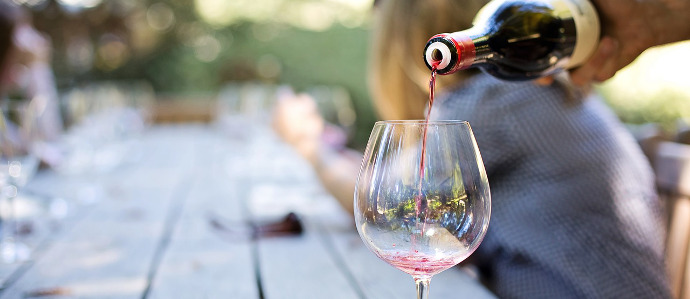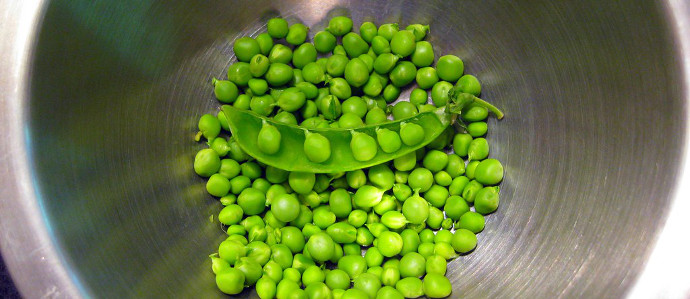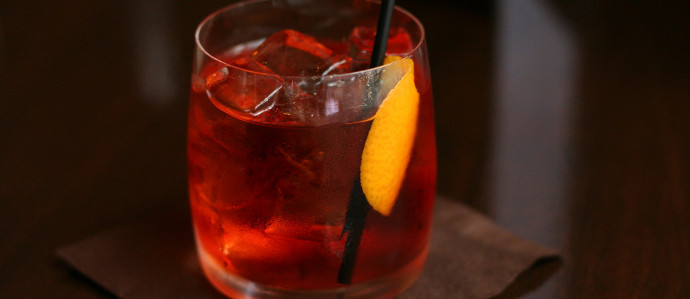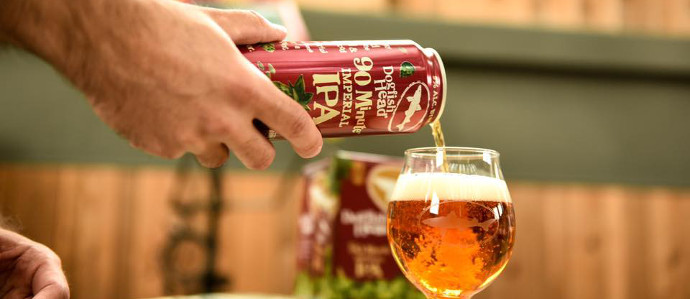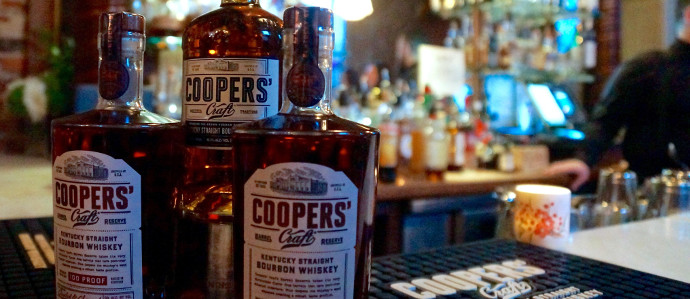6 Myths About Tequila Debunked
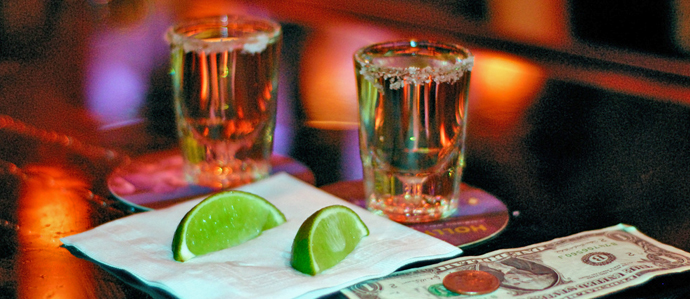
Though tequila has gained a lot of respect in recent years, thanks in part to the tireless work of passionate producers returning to more traditional and artisanal practices, there’s still plenty of misconceptions about it. Ahead of National Tequila Day, which is coming up on July 24, we’re debunking some of the most common misunderstandings about Mexico’s prized distilled agave spirit.
There's a worm at the bottom of the bottle
Not true. No tequila, ever, should have a worm (or any other critters) taking up space inside the bottle. Some dirt-cheap, rotgut mezcals do indeed have a maguey larva in them, but it’s a cheap marketing ploy developed in the 1950s.
Eating the worm will make you hallucinate
Again, not true. Should you ever encounter a bottle of tequila with a worm in it, you should pass on drinking it, and certainly do not eat the worm.
Tequila (and mescal) are made from a cactus closely related to peyote, which is why it makes you crazy and/or hallucinate
There is no correlation between peyote and distilled agave spirits like tequila and mezcal. In fact, the agave isn’t even a cactus. It’s a large, fleshy succulent that’s more closely related to the lily than the sacred psychoactive cactus used in tribal religious ceremonies.
Spanish Conquistadors brought distillation knowhow to Mexico in the 1500s, and created the first distilled agave spirit
According to most accounts, Spanish Conquistadors first distilled tequila from a crude fermented agave beverage known as pulque enjoyed by the native peoples they encountered upon arrival in Mexico. But more recent studies and expeditions throughout the country have found that distillation was being used to create the proto-tequila spirit Raicilla for many generations before the Conquistadors showed up.
There only two types of tequila: Those produced in the lowlands, and those produced in the highlands
While the tequila conversation has focused primarily on the lowlands vs. highlands argument over the past decade, there are many other factors beyond elevation to consider. Like wine and most regions around the world that produce it, terroir plays a huge role in agave cultivation and tequila production. Mexico’s prime, high elevation tequila producing regions present a diversity of environments and conditions that have a profound impact on how the tequilas produced in each subregion taste. Agave harvested from the red soils on the Arandas high plateau produce tequilas with fruity, floral herbaceous notes, while tequilas from mountainous slopes of Atotonilco tend to have sweeter and more citrusy qualities.
The only way to consume tequila is in a shot glass accompanied by salt and lime
Sadly, this is how most drinkers experience tequila for the first time, but by no means is the only way to enjoy it. Tequila has come a long way from its rowdy frat-party and skull-crushing hangover reputation. It’s now widely regarded as a noble spirit that’s on par with some of the world’s most revered whiskeys and brandies. Needless to say, it’s a splendid base spirit for just about any type of cocktail, and also goes great when sipped neat.
Photo: Wikimedia Commons
Tags: Education, Spirits, Tequila








